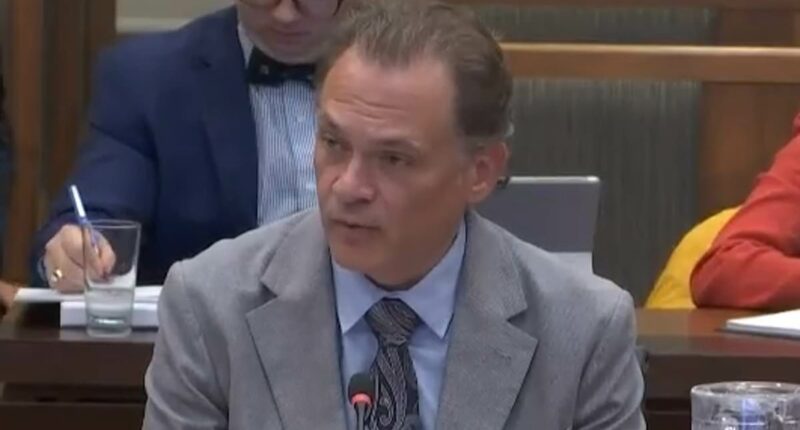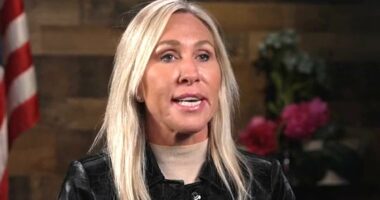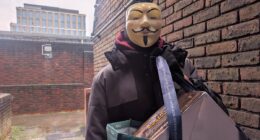Share this @internewscast.com

According to a recent disclosure, asylum seekers in Canada can initiate their claims with just a few taps on their smartphones, a situation attributed to significant staffing shortages impacting border security measures. Mark Weber, the head of the Customs and Immigration Union, revealed in a meeting this week that many refugees are entering Canada without undergoing the typical security checks. “To expedite the process due to our staff shortages, we’re allowing individuals into the country prior to completing security screenings,” Weber explained to the Standing Committee on Citizenship and Immigration on Tuesday.

The current system largely relies on trust, allowing claimants to provide biometrics and basic data via a questionnaire on an app. Those identified as ‘high risk’ must undergo an in-person application process, whereas ‘low risk’ individuals have a 45-day window post-entry to finalize their documentation. Weber’s comments came during discussions on Bill C-12, the ‘Strong Borders Act,’ which aims to introduce stricter asylum eligibility criteria among other changes.

Weber expressed concerns to Parliament that the existing approach depends on individuals with potentially harmful intentions to “acknowledge their wrongful motives.” He criticized the Canadian Border Security Agency’s ‘One Touch’ initiative, launched nationwide in 2022 to manage the influx of asylum seekers more efficiently. Although the Budget 2025 outlines plans to recruit 1,000 additional CBSA officers, Weber highlighted that the actual staffing shortfall is more than double that, as reported by the Toronto Sun.

‘The technology we see the CBSA putting into place is all about self-declaration – it’s about the traveler, the refugee claimant, doing everything on their own because we simply don’t have the staff to do proper interviews and do what we did previously,’ he reportedly said during the meeting. ‘We need that to stop.’ The system allows for ‘low-risk’ claimants to be processed without the man power, when previous claimants would have to complete their application with an officer present. ‘That was our opportunity to ask follow-up questions, make sure that the claim is genuine. We could look for things like indications of coaching, human smuggling, that kind of thing,’ he told CBC on Thursday.

According to Weber, around ten percent of claimants don’t even fill out the form and CBSA officers are then tasked with tracking them down for removal, the outlet reported. ‘We’re not verifying anyone’s story at all. The ability for us to confirm whether or not their story is genuine has really been removed… It’s exactly the people with the greatest motivation to not self-declare who are going to be the ones who don’t self-declare and don’t report back,’ he continued. ‘They essentially disappear into Canada.’

During Tuesday’s meeting, Weber stressed the importance of human interactions at the border for maintaining security, but said the lack of staff was making it impossible. He added that human interaction between border officers and those crossing into Canada produces ‘better intelligence’ and allows officers a better chance to catch patterns and warning signs ‘that would otherwise be missed.’ ‘Claimants spend significantly less time meaningfully interacting with officers, with the result of reduced security for the sake of expediency,’ Weber continued, the Toronto Sun reported.

According to Canadian government data , the country processed 89,385 asylum claims at land, air and sea ports of entry. Many of those seeking asylum were found to originate from Haiti, India, Nigeria and Iran, according to reports. However, during Tuesday’s meeting, Vice President of CBSA Intelligence and Enforcement Aaron McCrorie defended the processes as having ‘multiple layers of defense.’

‘Somebody claiming asylum out of port of entry, 100 percent of them will spend time, and considerable amount of time, with the border services officer to do that initial risk assessment,’ he said. McCrorie added that the duty of officers at that time is to ‘understand who you are, to assess whether you’re admissible into the country, eligible to make a claim and establish your identity.’

According to McCrorie, the biometrics and information submitted upon entry is cross referenced against border security and law enforcement data. ‘It’s a very rigorous process. Is it perfect? No, there is no perfect system. And that’s why we have subsequent layers of defense,’ McCrorie said, according to CBC. The Daily Mail reached out to the CBSA for comment.









